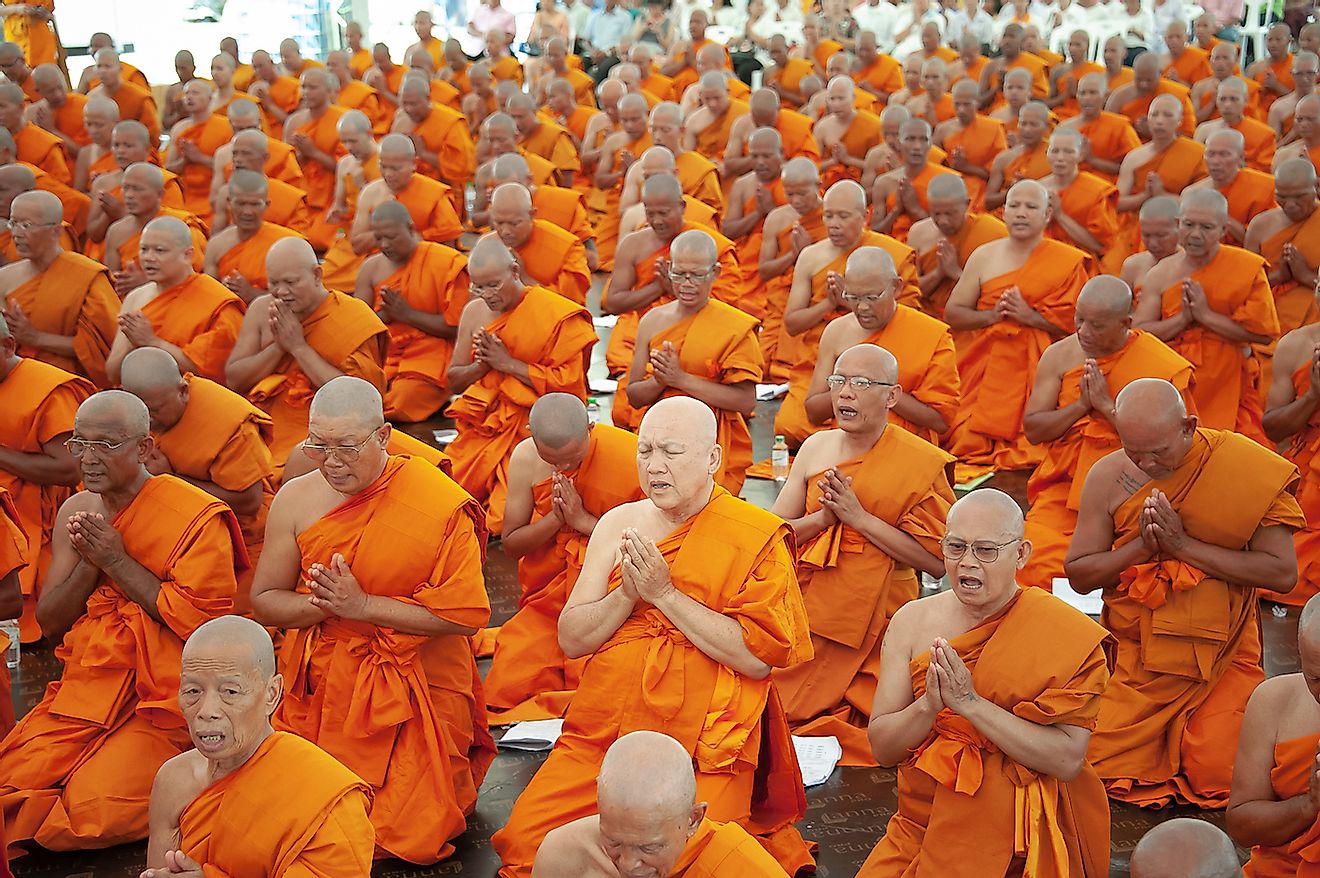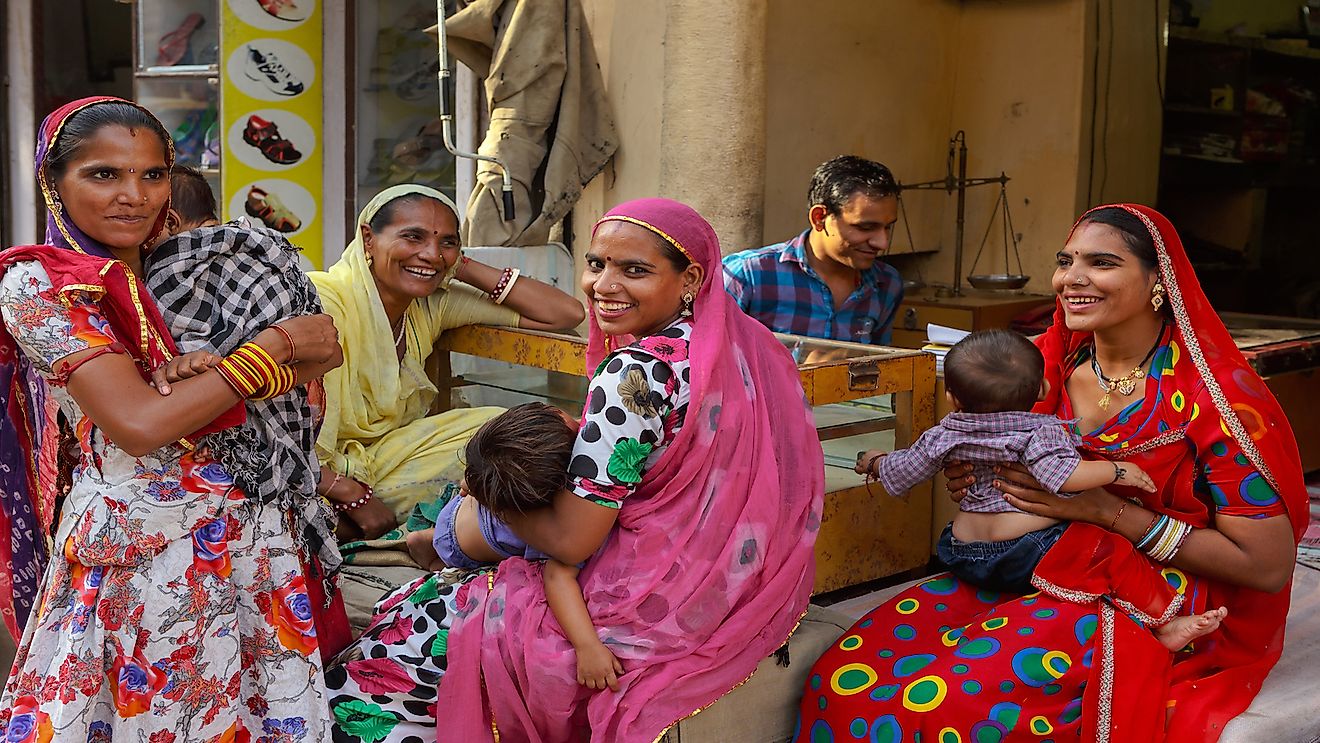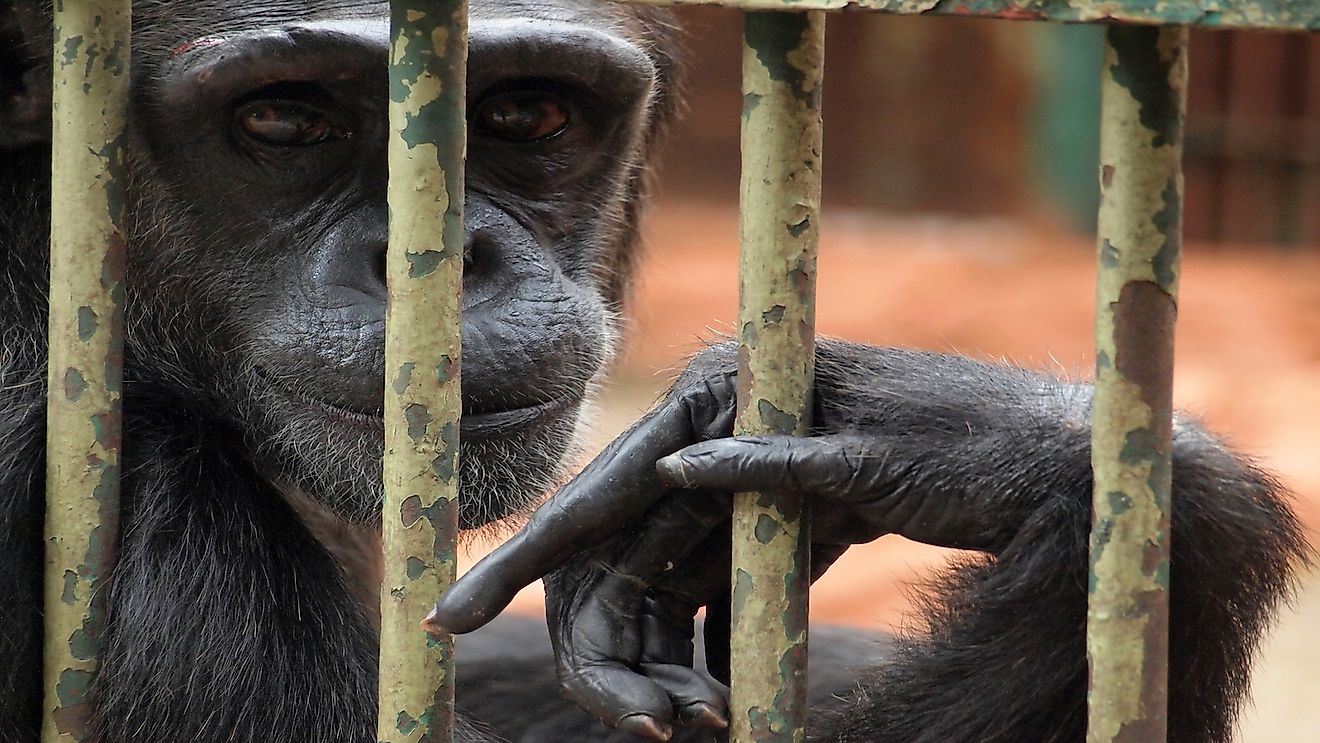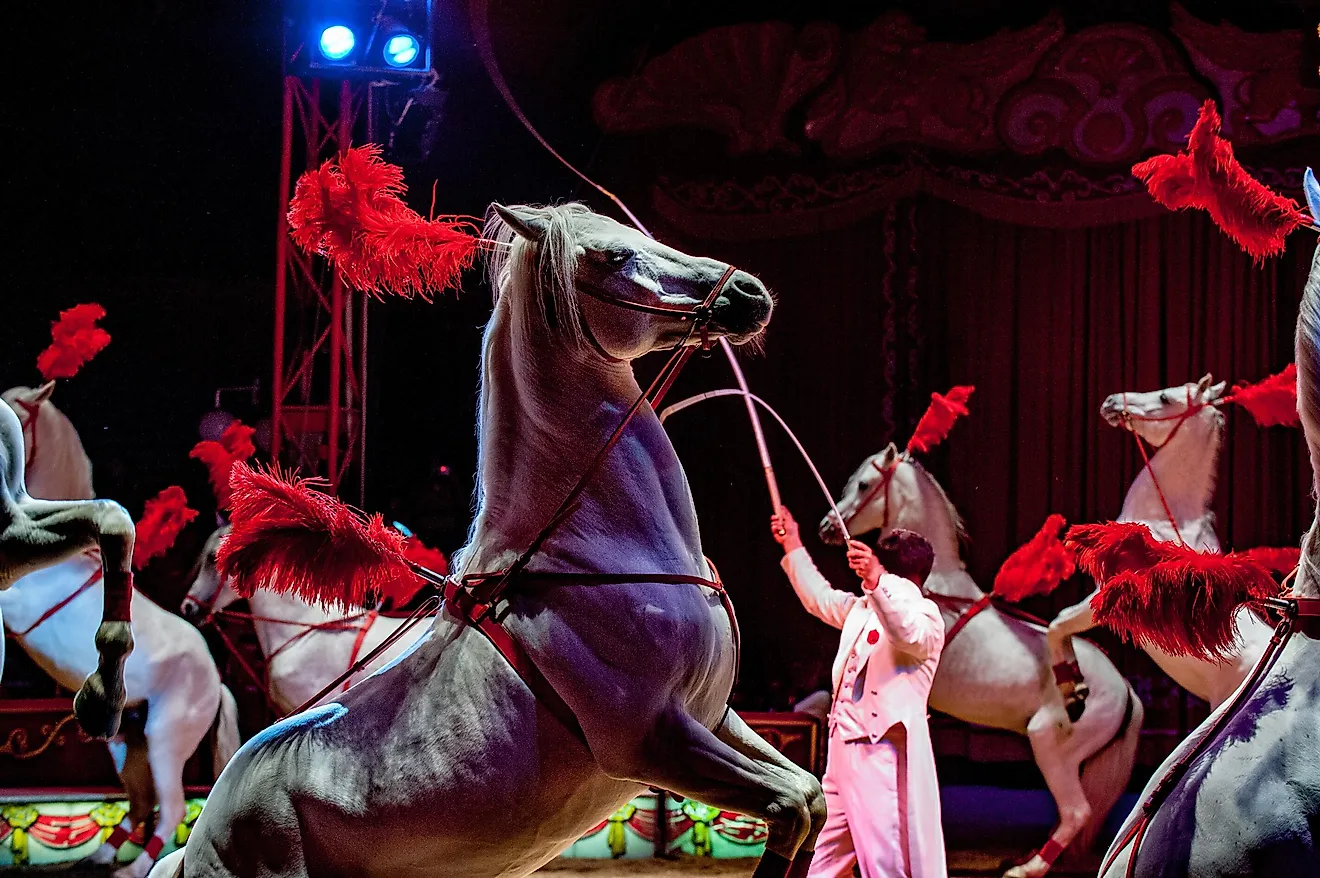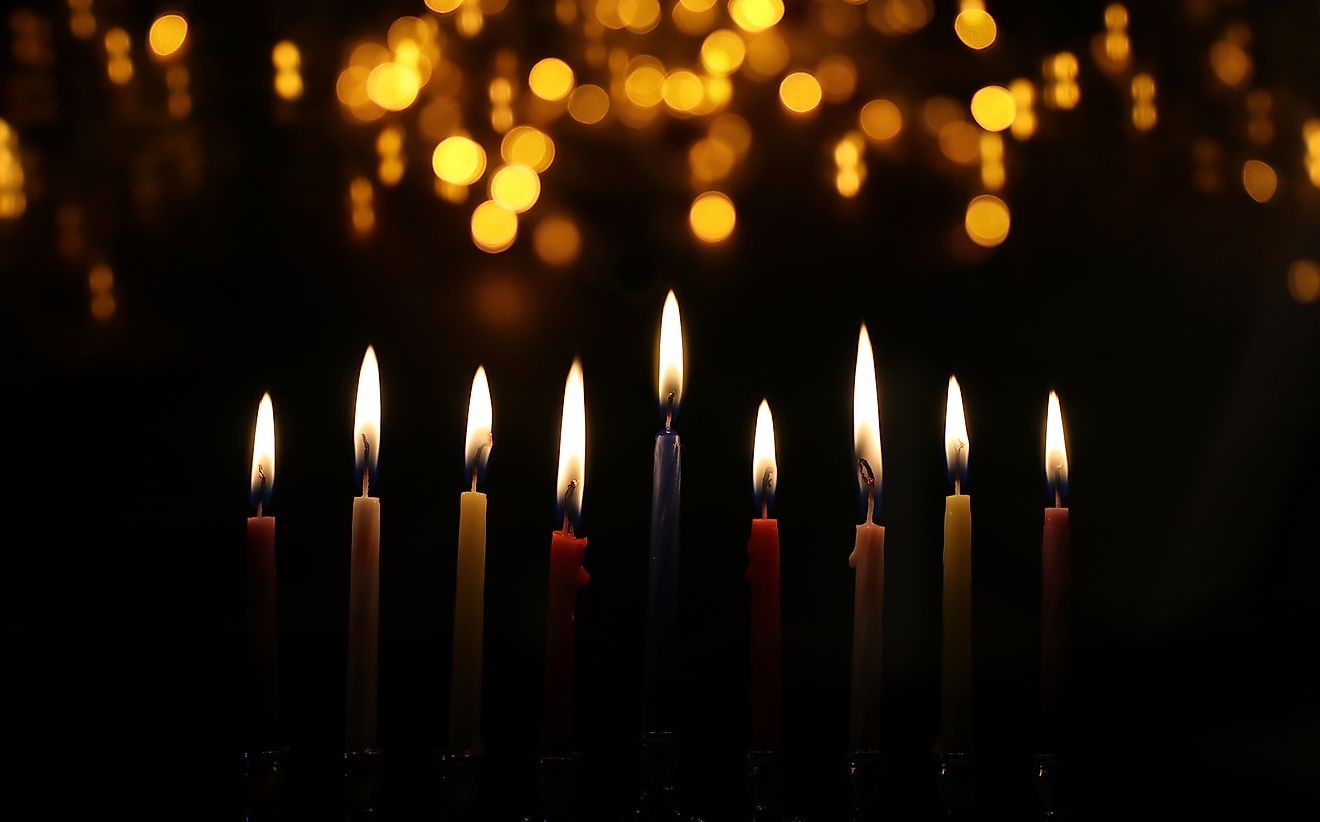Are Former Soviet Member Countries More Religious Today?
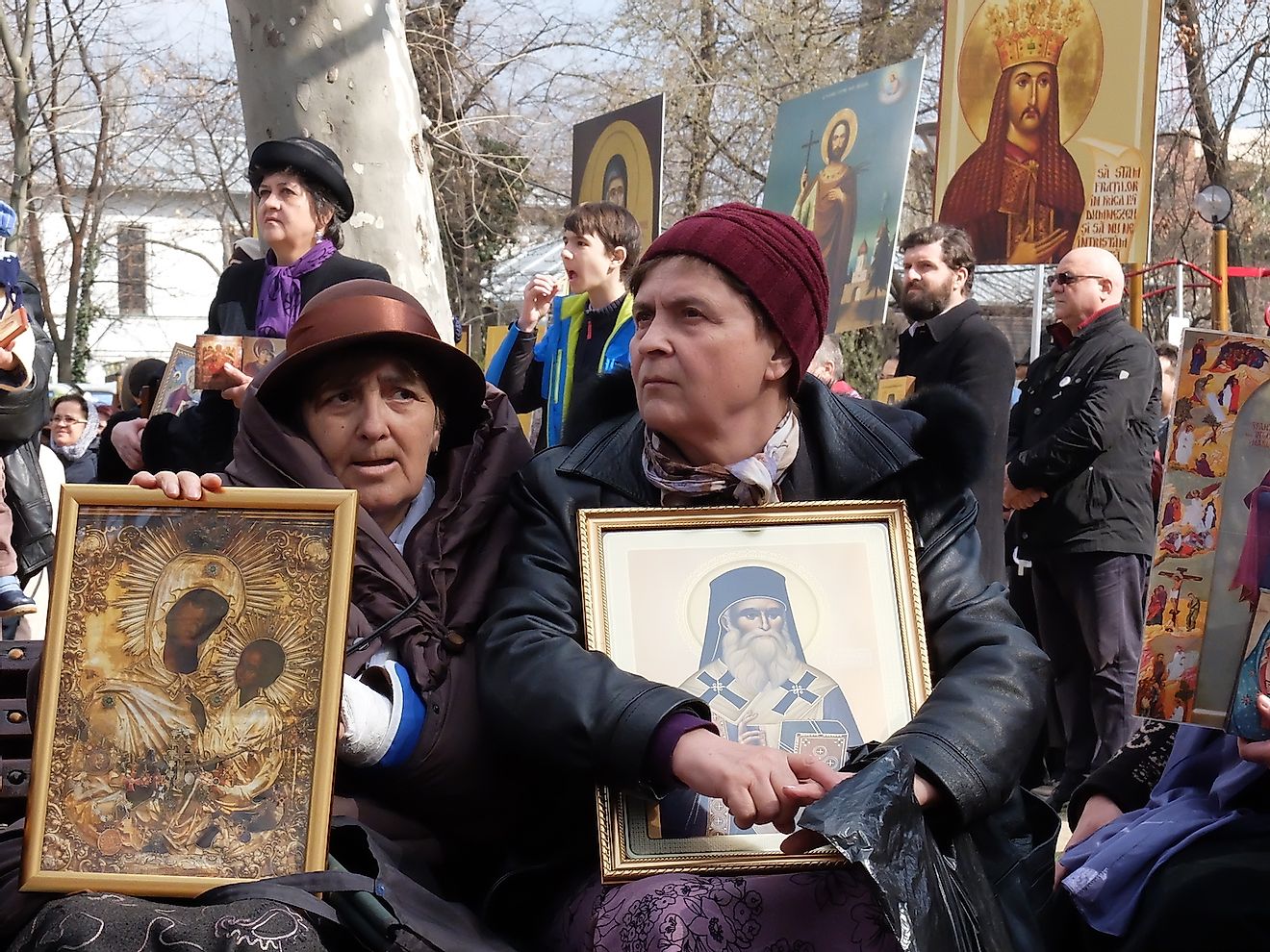
- Lenin and the Bolsheviks introduced an anti-religious campaign throughout Russia and soon the entire Soviet Union (USSR) that aimed to free people from the dictates of religion which they believed was used by the ruling class to maintain the status quo or continue to oppress and persecute the masses.
- Many surveys have shown that people in former Soviet countries have returned to religion in recent years.
- For instance, the percentage of Russians who identify themselves as Orthodox Christians has risen from 19% in 1991 to 71% in the most recent Pew Research Center survey.
As soon the Bolsheviks and Lenin took power in 1917, they introduced an anti-religious campaign throughout Russia and soon the entire Soviet Union (USSR). The ruling power’s ideology was based on principles of Marxism developed by philosopher and revolutionary Karl Marx who once stated that “religion is the opium of the people.”
For many years the Soviet power restricted religious freedom and launched an aggressive campaign against all forms of religious worship. Its efforts are documented in a fascinating book titled Godless Utopia: Soviet Anti-Religious Propaganda by Roland Elliott Brown which features a collection of anti-religious posters and magazines disseminated throughout the USSR.
During the first few years of the Bolsheviks’ rule, they stripped the Church of its political power. They believed that religion was used by the ruling class to maintain the status quo and to oppress and persecute the masses thus it has no place in communist life. For many years this ideology ruled over Soviet Union countries until its collapse in 1991. The dissolution of the USSR paved the way for new laws that ensured religious freedom for many people.
Return To Religion
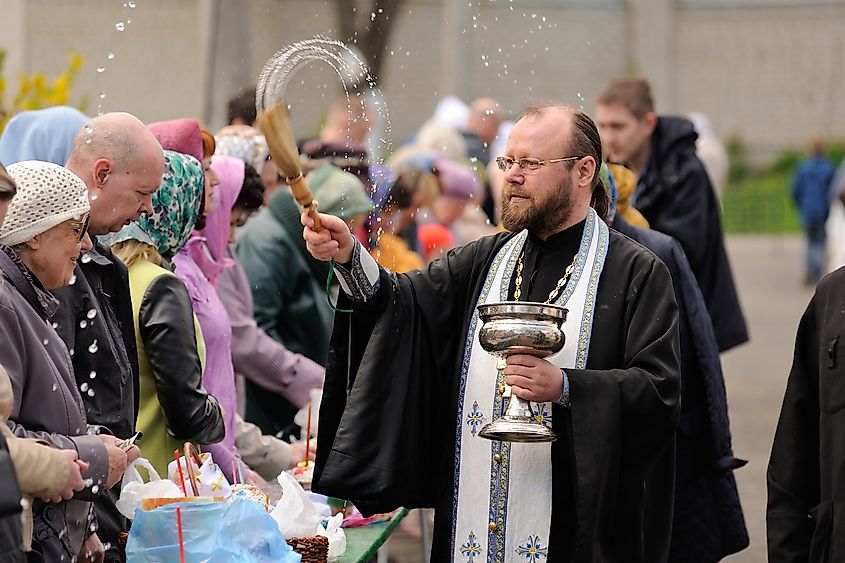
Over 25 years after the collapse of the Soviet Union and with it its anti-religious policies, people have gone back to religion and made it part of their lives. In the years after 1991, the future seemed bright for religious groups with new laws that promised to protect religious freedom and encourage churches or other places of worship to thrive alongside the state.
In 2015 a Pew Research Center survey conducted in former Soviet Member countries found that religion has once again taken a foothold in the individual and national identity of many people in Central and Eastern European countries where communist power previously repressed religious worship. The study has found that a majority of adults in former soviet member countries now believe in God, and live based on tenets of their chosen religion. Many of them went back to Orthodox Christianity and Roman Catholicism which were the most widespread religious beliefs before Lenin and the Bolsheviks took power at the beginning of the century.
For instance, the percentage of Russians who identify themselves as Orthodox Christians has risen significantly since the fall of the USSR in 1991. From 19% in 1991, the percentage has skyrocketed to 71% in the most recent survey. The number of those who identify themselves as atheists or agnostic has fallen significantly, down to only 18% from 61% in 1991.
Similar Trends In Other Former Soviet Member Countries
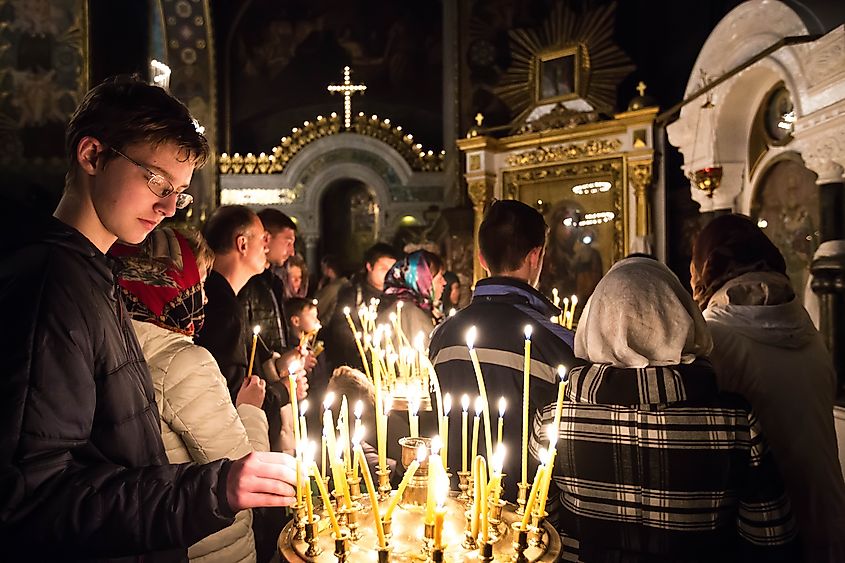
This trend isn’t limited to Russia alone, many former Soviet Union member countries have shown a similar trajectory. There are now 78% Orthodox Christians in Ukraine compared to only 39% in 1991, with 10% of them identifying as Catholic and only 7% saying they are unaffiliated with any religion. The remaining 5% practice religions other than Orthodox Christianity and Roman Catholicism.
A similar trend can be seen in Moldova now where a staggering 92% identify as Orthodox Christians, 6% follow other religions, and only 2% do not identify with any form of religion. Similarly, 89% of those surveyed in Armenia identify as Orthodox Christians and only 2% remain unaffiliated while the remaining 7% practice other religions.
In other former USSR countries like Lithuania, instead of Orthodox Christianity, Roman Catholicism is the most widely practiced religion with a staggering 75% identifying themselves as Roman Catholics. While others like those in Latvia have an almost equal mix of three dominant religions where 31% identify as Orthodox Christians, 23% as Catholics, with 25% of those surveyed declaring they are Muslims.
Recent studies have shown that years after the fall of the USSR, former Soviet countries have gone back to religion as a significant aspect of their identity. Many of them now enjoy religious freedom with a majority practicing Orthodox Christianity, followed by Roman Catholicism, and a percentage identifying themselves as Muslims.
A Return To Religion Does Not Mean A Return To Church
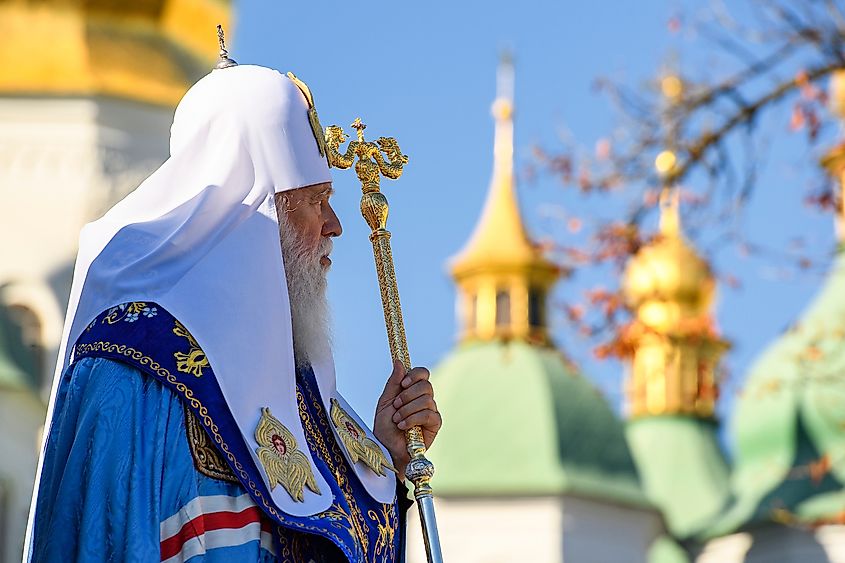
While evidently, many in former Soviet Union countries have returned to religions practiced by their predecessors more than 100 years ago, and a large percentage believe that their countries are more religious today compared to how it was many years ago, these figures don’t translate to high church attendance. Only a few of those who identify as Orthodox Christians say they regularly attend church. In fact, only 6% in Russia say they do attend church weekly.
A recent International Social Survey Programme (ISSP) survey also garnered the same results showing that people’s return to religion does not mean a return to church. According to ISSP’s data, only one in ten Russians attend religious services. This means that although many in Russia now freely practice religion, and a large percentage believe their country has become more religious now compared to many decades ago, still only a few are religiously observant.
